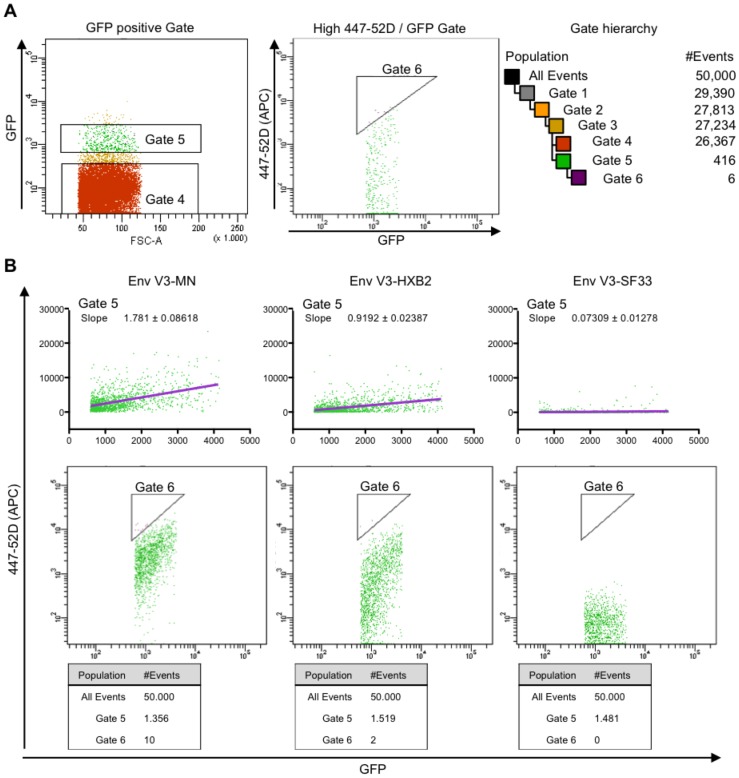Figure 5. FACS-panning: gating strategy.
HEK293T (13×106) cells were transduced at low MOI (0.1) (A) by lentivirus particles derived from a plasmid mixture containing equal amounts of all Env/V3 variants and (B) by separately lentiviral particles each encoding only one of the chimeric Env/V3-variants, respectively. Equal amounts of transduced cells were harvested 72 h post transduction and were analysed by FACS. A One typical sorting experiment is shown to illustrate the FACS gating and sorting strategy: 50,000 events were recorded and a series of hierarchical gates were applied to isolate single cells. GFP positive cells were gated within their main population (Gate 5) to exclude multiply infected cells (high GFP) and background noise (low GFP). The GFP main population was subsequently gated for strong 447-52D antibody binding (high APC) in relation to Env expression (coupled to the GFP signal). Therefore, a triangle shaped Gate (Gate 6) was chosen. The complete Gate hierarchy starting with all events is illustrated. B Evaluation of the triangle-gate strategy: HEK293T cells (13×106) were transduced at low MOI (0.1) with each pQL9 Env/V3-virus variant, respectively. Cells were stained with 447-52D antibody and analyzed by FACS according to the gating strategy described in A. Cells that appeared in Gate 5 were further analyzed by calculating a linear regression curve (purple). Slope values calculated for representative variants Env/V3-MN, Env/V3-HXB2, and Env/V3-SF33 are indicated. The triangle shaped Gate 6 is shown in a log-scale dot plot. The numbers of events counted for Gate 5 and Gate 6 are shown below each plot, respectively. Decreasing amounts of cells equal decreasing affinities of Env, as detected in the sorting Gate 6, ranging from 10 counts of Env/V3-MN, 2 of Env/V3-HXB2 and 0 of Env/V3-SF33, respectively.

